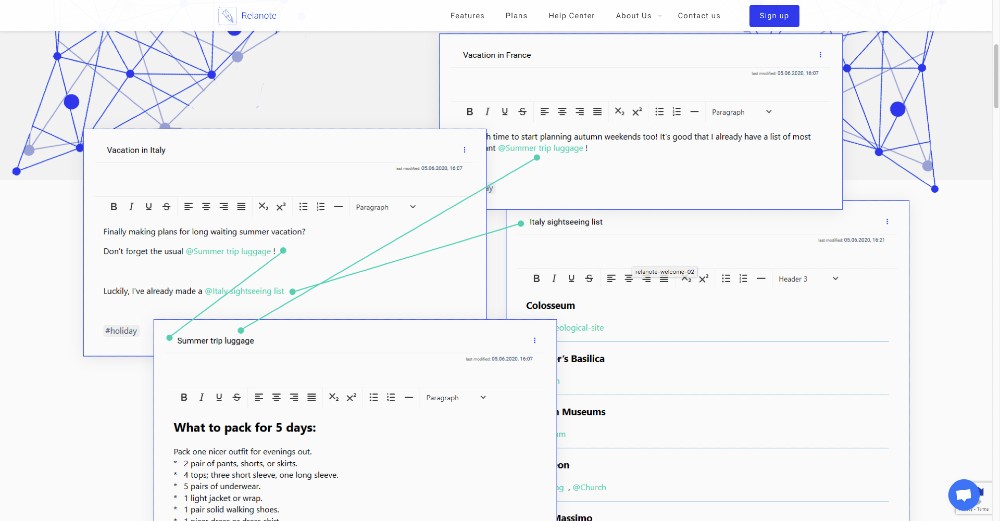When I perform surveys of real estate brokers and agents, I see the following two complaints about MLS systems all the time: “Why doesn’t the MLS have [this cool feature]?” and “Why can’t the MLS system be easier to use?”
The first question – “Why isn’t the MLS system isn’t as full featured as some would like?” – comes down to two things: money and politics.
Let’s talk about money
Some people might think that MLS software providers are making a huge amount of money, and that the providers can put more resources into adding software features. That’s just not the case. The money isn’t there. Think about it: MLS vendors have had to put resources into making their systems work cross-browser and on an expanding number of tablets and phones.
They have added increasingly more sophisticated prospecting and client collaboration features, numerous local information and mapping layers, and so much more over the past decade. All this while, the wholesale cost for MLS systems has not increased, and in many cases has trended lower due to fierce competition for strategic accounts.
The political push and pull
As for the politics, there is a constant push and pull over the future of MLS systems. For every professional that wants the MLS system to evolve and improve, there is one that doesn’t want the system to change. I often hear, “What we have now works fine.”
If MLS staff and software providers only listened to those latter voices, we’d still be using “the MLS book” instead of electronic tools. But even when an MLS is selecting a brand new system and options are being compared, committee members will often say something like, “We should choose this system because it is the most like our current one and so will be easier to learn.” What that means is that the most innovative system is penalized for being different!
Sometimes subscribers who sit on an MLS board of directors or committee don’t want the MLS to improve its functionality. Quite often, an MLS system will be deployed with some features disabled. During a recent demonstration of system features by an MLS vendor, visitors from the neighboring MLS (which used that vendor) commented, “Is this the same system as what we have?”
Even when the features are enabled, sometimes professionals don’t know what they have.
I see this in surveys all the time – an agent will ask, “Why doesn’t the system do this?” where this is a feature the system already has.
Why is the MLS so difficult to use?
Looking at the second question — “Why can’t the MLS system be easier to use?” — the answer is a lot simpler: the more features a system has and the more ways there are to customize it, the harder the system will be to use.
Since the MLS is a business system with significant complexity, and since subscribers often want it to be customizable to fit their business needs, preferences, branding, and so forth, ease of use can suffer.
For example, it’s easier to enter a listing when there are few required fields, but the fewer required fields there are, the more agents will complain about data inaccuracy and missing data. Likewise, an MLS-generated report with fewer fields on it is easier to read and more attractive.
However, without all the fields accessible, the agent can’t fine-tune the search on behalf of his or her client and must call the listing agent for the information—which is, in actuality, more difficult.
Also, it’s easier to click once to download a pre-built statistical report. Despite this, in order to make the reports more useful to many users, the reports need to be customizable based on the part of the market the user specializes in (i.e., by area, price range, and property type), and need to be styled so the chart can be downloaded and embedded in a newsletter. That means more complexity and a system that is more difficult to use.
MLS software providers try to make good choices when designing the MLS system, balancing out the need for robust features and customization with the desire for an easy-to-use system, but it’s impossible to please everybody.
What you can do about all of this
What this all comes down to is that, if you as a subscriber want to shape how full-featured and easy-to-use tomorrow’s MLS system is going to be, there’s a way for you to do it. Get involved with your local MLS leadership, including with the system evaluation, selection, and implementation processes.
I work with many local MLSs to make sure their leadership is aware of innovation going on in the MLS technology space so they can be smarter shoppers when looking at MLS software providers. When it comes to ease of use, while there sometimes are usability gaffes on the part of the software provider, it is more often the case that system complexity simply reflects the complex needs of active real estate professionals.
Expecting a professional-grade MLS system to be as clean and easy-looking as a consumer-grade real estate search site like Zillow or Trulia is simply unrealistic. Now that you know why your MLS system is so “Meh,” you don’t have to sit back and complain about it. Get involved in your local MLS organization and help take charge of your future!
This editorial was first published here in May of 2014.
Matt Cohen has been with Clareity Consulting for over 17 years, consulting for many of the real estate industry’s top Associations, MLSs, franchises, large brokerages and technology companies. Many clients look to Matt for help with system selection and negotiation. Technology providers look to Matt for assistance with product planning, software design, quality assurance, usability, and information security assessments. Matt has spoken at many industry events, has been published as an author in Stefan Swanepoel’s “Trends” report and many other publications, and has been honored by Inman News, being listed as one of the 100 Most Influential Real Estate Leaders.















































